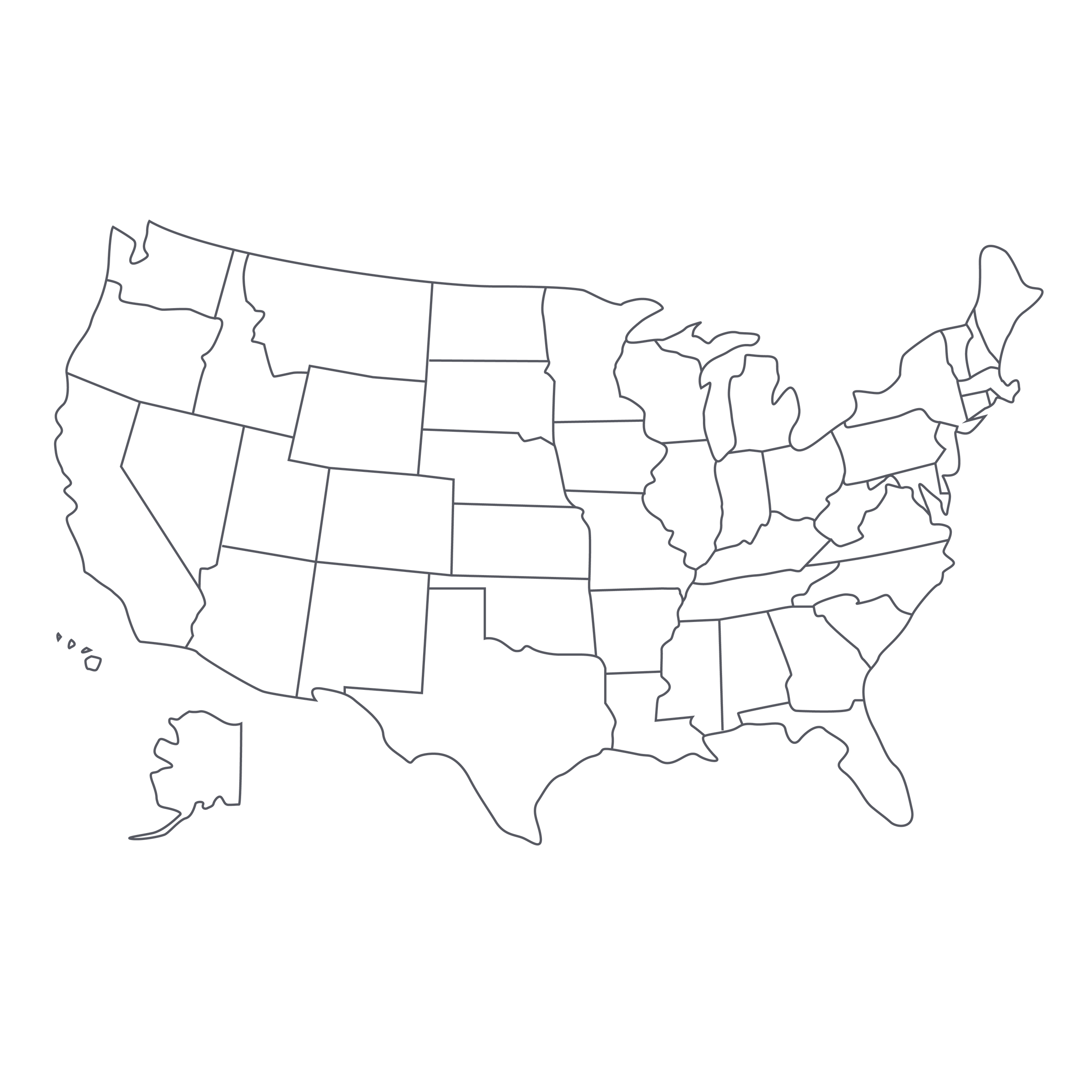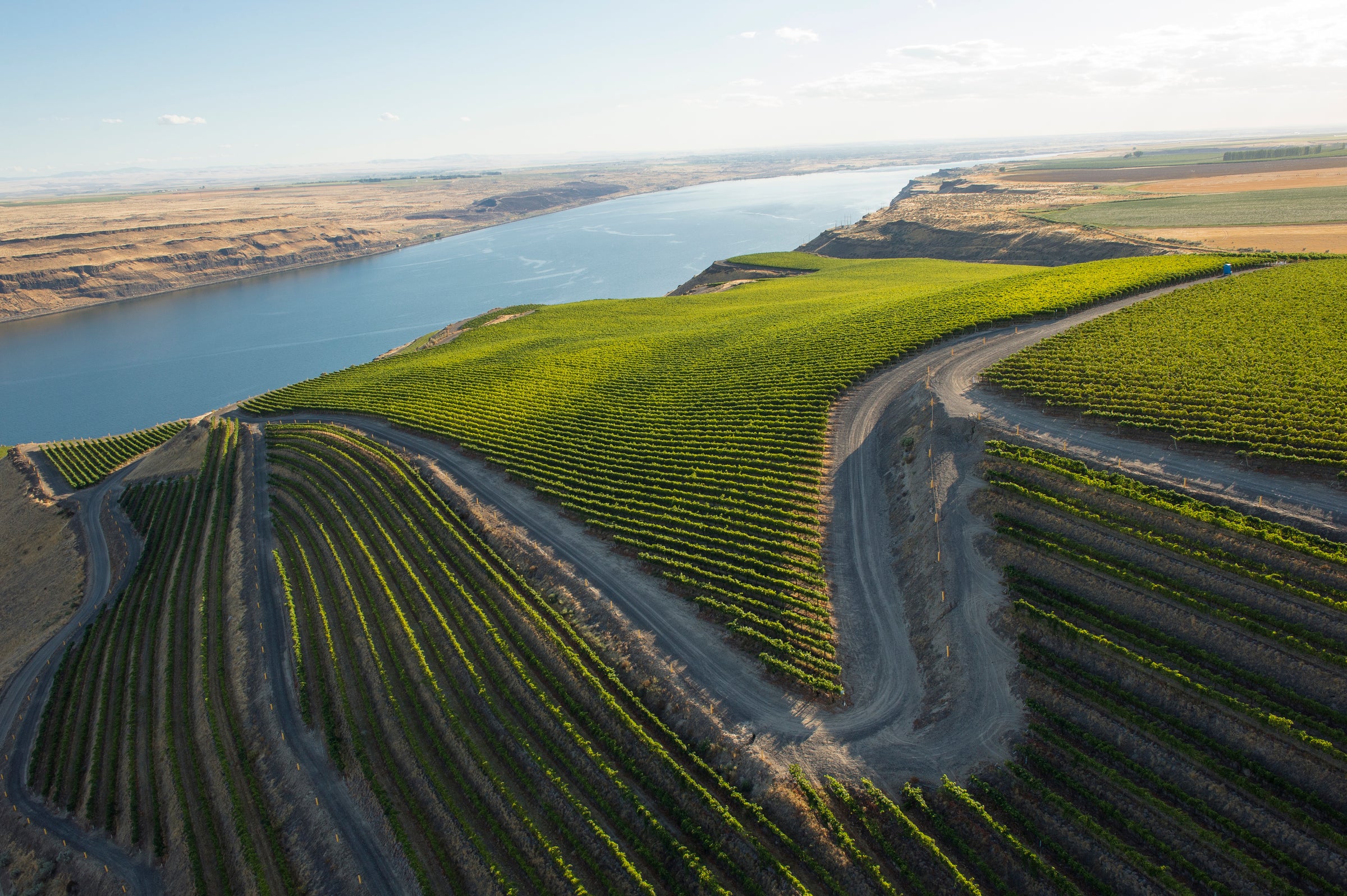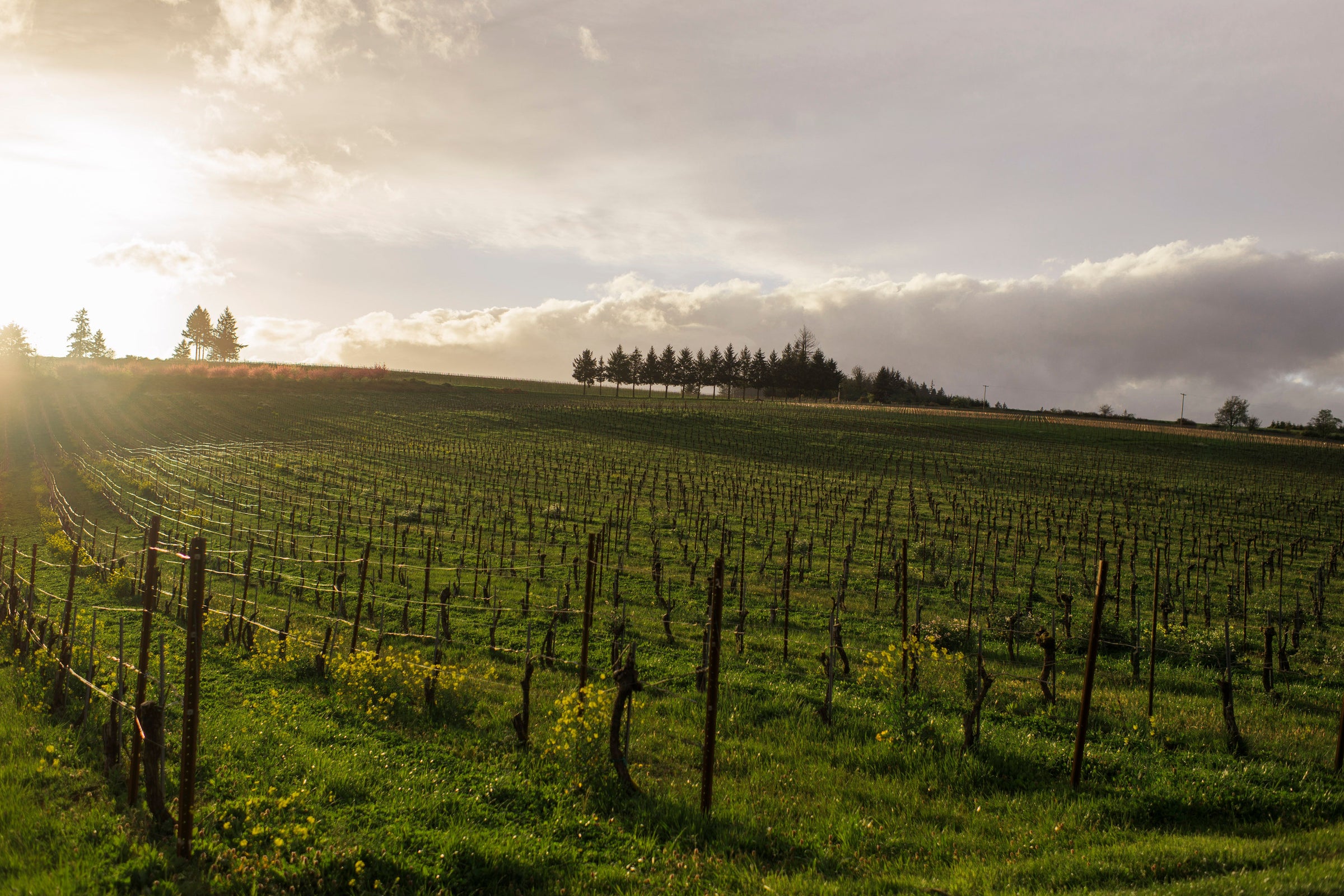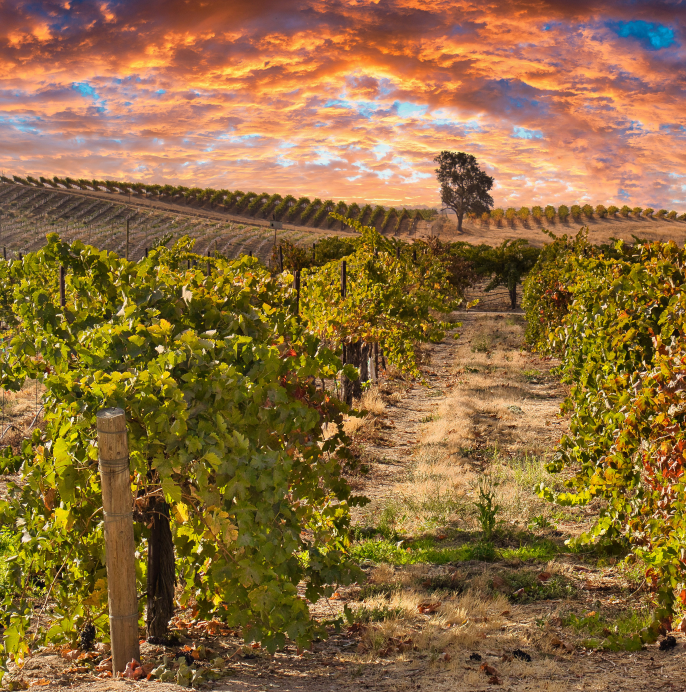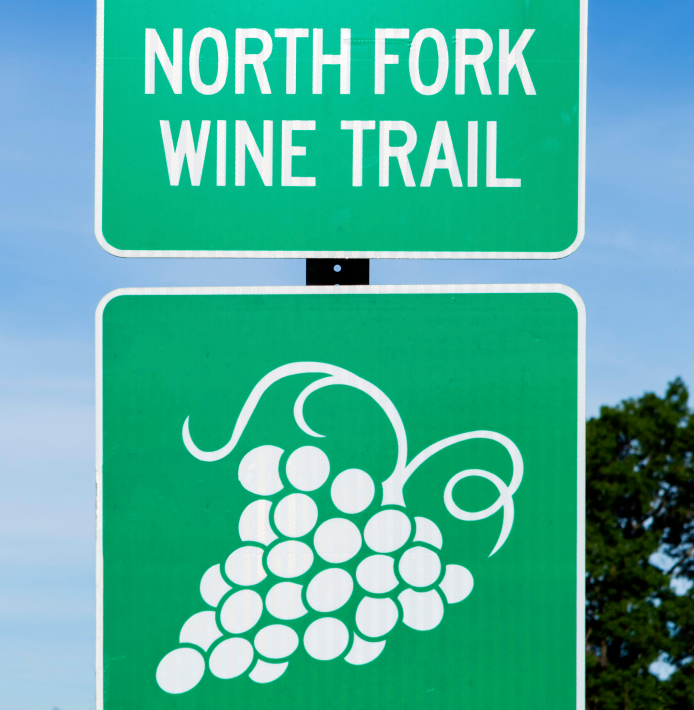After this morning’s offer, we know Joseph Jewell coaxes magic from basically unknown sites. So what happens when he gets his hands on fruit from one of the most heralded vineyards in California’s premier Pinot Noir appellation? Pure, unabashed magic. No doubt the “Hallberg Vineyard'' Pinot is in more “special occasion” territory price-wise than the “Eel River”, but I think of it as winemaker Adrian Manspeaker throwing down the proverbial gauntlet: “Let’s see Burgundy do this for $65.” This bottling is a masterclass in the Russian River Valley’s majesty, overflowing with ripe red cherries, leathery spice, and luxuriant texture.
Simply put, if I’m doling out my hard earned cash on benchmark California Pinot, this is what I want it to taste like. At four years of age it is just now entering its prime drinking window, and will continue to wow for a decade or more. From where I sit “Hallberg” looks like a serious value. There’s a lot of ink spilled these days praising Pinot from the coolest, the foggiest, the most extreme locales in California, but a bottle of Jewell’s “Hallberg'' reminds us exactly why the Russian River Valley is on the short list for most hallowed terroir in the country. This is a truly special bottle no connoisseur can afford to pass up!
In sourcing fruit from Hallberg Ranch, Joseph Jewell joins some of the most sought-after names in California Pinot Noir, including Williams-Selyem and Radio-Coteau. Hallberg is essentially a winemaker’s dream site for this fickle variety: cooled by morning fog then warmed in ample sun during the afternoon, with diurnal temperature swings of up to 30 degrees in a single day. The soils are classic Russian River “Goldridge,” well-drained sandy loam atop clay. They’re ideal for growing Pinot without the aid of irrigation and from the beginning, these vines have been dry farmed. Whereas typical Pinot has 8 – 10 foot root systems, at Hallberg the roots plunge 15 – 20 feet deep, allowing the vines to weather the dry conditions that have plagued the Russian River Valley for the last few vintages.
To see fruit from Hallberg – typically reserved for the biggest, most established names of the old guard – in the hands of a winemaker as hands-on and detail-oriented as Adrian is a marvel. We’ve highlighted his unexpectedly brilliant Pinots from Humboldt County plenty of times before, but working with a site like Hallberg is why Adrian got into the winemaking game in the first place. Hallberg is core to the Jewell identity, a part of the stable for almost 15 years now, and Adrian knows intimately how to coax magic out of this raw material.
Treat Jewell’s “Hallberg” as you would Premier Cru Burgundy, serve at cellar temp in Burgundy bowls and decant for 30 minutes or more. Beautifully lush aromas rip out of the glass: black cherry liqueur, spiced plum, crushed black raspberry, strawberry, rose petals, cola nut, cinnamon, and freshly dug earth. The palate is expansive, mouthcoating, resonating with further dark fruits and florals, all of it kept in check by delicate, pointillist tannin and a thrumming core of acid. No harsh edges, not a single aspect out of whack. This is heady, swoon-worthy stuff, with every one of Pinot’s most charming aspects cranked into overdrive. It’s more or less flawless right now, but will only continue to improve as it picks up more savory tones in your cellar. When the time for indulging comes, reach for Jewell’s Hallberg!
